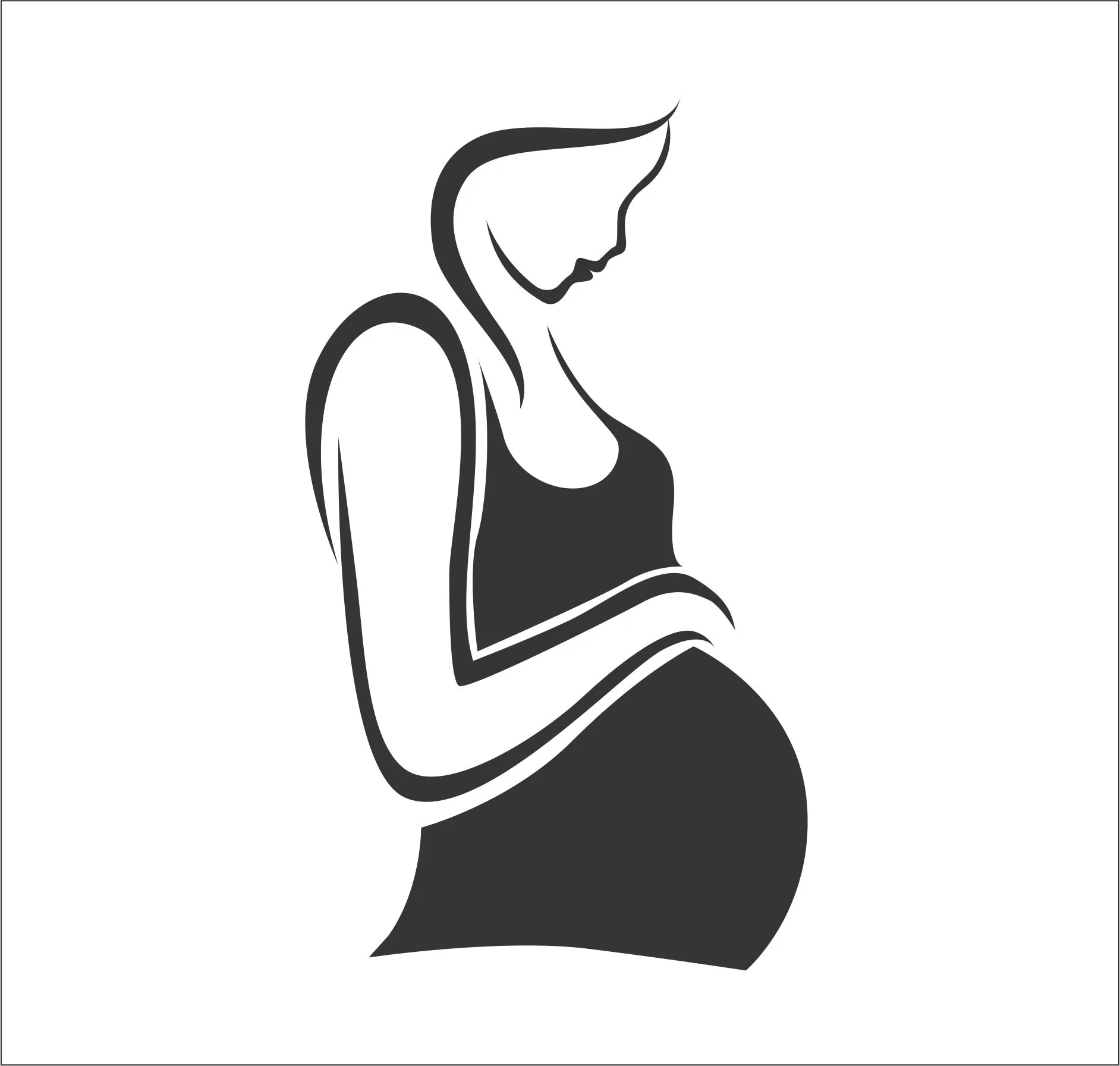Earlier this year, I joined the ranks of millions who have read Marie Kondo’s transformative book, The Life-Changing Magic of Tidying Up. However, as I flipped through the pages, it became clear that this book wasn’t tailored for parents like me. With a busy schedule and a house filled with toys, I knew I wouldn’t be embracing her methods entirely.
For starters, I have no intention of dumping the contents of my closet onto the floor or meticulously rolling my T-shirts like they’re sushi in a bento box. And as for my spare button collection? That’s not going anywhere. You never know when a button will come in handy!
Yet, amidst the chaos, there’s a core principle from Kondo’s philosophy that resonates deeply with me: “Does this object spark joy?” That simple question has lingered in my mind long after reading the book.
Not long after I finished, my 6-year-old son, Jake, approached me during our two-week school break. “Mom, I have too many toys,” he said. “Can we go through them and decide what to get rid of?”
So, we did just that. We sat in his playroom, sorting through one plastic storage box at a time. Jake created two piles: one for donating to his kindergarten class and another for the local thrift store.
The following day, we tackled his books, and then we moved on to his art and craft supplies. On the last day of our decluttering spree, we sifted through DVDs, clothes, and cuddly toys, which somehow warranted their own category. Jake parted with only one stuffed animal—a recent gift from a flight—but considering the large donation piles, I kept my thoughts to myself.
Witnessing Jake’s decisions about what to keep and what to let go of reminded me that children have an innate understanding of joy. As adults, we often complicate our relationship with belongings. Jake held onto items that, to me, seemed insignificant—a quirky stick figure made of pipe cleaners, some laminated leaves, and a plain pebble from the beach. When I asked why he chose those, he replied, “Because I love them!” with a hint of indignation.
Conversely, he was surprisingly willing to let go of things I thought he’d be attached to. We found a toy car that used to be a favorite but had lost a wheel. I thought he would want to keep it for sentimental reasons, but as it flew into the trash, I learned he was more pragmatic than I anticipated. “Wasn’t that from Grandpa?” I asked, curious. “Yes,” he replied, “but I like other gifts from him more. That one wasn’t very interesting.”
It was refreshing to see him so devoid of guilt. Jake instinctively understood that parting with an unwanted gift doesn’t diminish your feelings for the giver. In fact, holding onto only your favorites can enhance your appreciation for those truly meaningful gifts.
Since that significant decluttering session, I’ve noticed that Jake is now more discerning about what he chooses to keep. If something breaks or gets torn, he discards it without a second thought. I often find items in the recycling bin—a gold crown worn for just two minutes, a beautifully crafted paper airplane, or a magazine he read just once. I’ve resisted the urge to tell him it’s a waste; he recognizes when the joy associated with those items has faded. Why should I burden him with unnecessary obligations?
In turn, I’ve started to learn from his example. I’ve begun to sift through my belongings—not in the strict manner that Kondo suggests, but in a way that feels right for me. I’m coming to realize that letting go is integral to fully embracing the present.
Clothes have been relatively easy to part with. I won’t be fitting into a smaller size again, nor do I have the time to mend that hole or stitch that sleeve. I appreciate the beautiful scarf I received as a gift, but I know it would bring someone else more joy than it brings me.
My wedding dress has found a new home, along with baby clothes. But I won’t forget the significance of marriage and motherhood; my memories are less tethered to physical items than I had believed.
Digital clutter has also been straightforward to manage—the best photos are printed, and the most amusing text messages are etched in my memory.
Even books, which have always been a challenge for me to part with, have become easier. I envision Jake and his treasure from Grandpa and feel liberated from guilt. The “should-reads” and the “have-read-once-but-won’t-again” titles have been cleared away. My bedside table now proudly holds just six or seven novels I’ve carried with me for years, waiting for my attention.
Marie Kondo is indeed correct: tidying can lead to significant life changes. It can make you feel lighter and happier, revealing your true priorities and passions. However, I didn’t need her book to learn that—I simply needed my son.
If you’re interested in exploring more about decluttering and its benefits, check out this insightful piece on Cervical Insemination. Additionally, for those considering starting a family, Make a Mom offers reputable at-home insemination syringe kits, while Cleveland Clinic provides excellent resources for pregnancy and home insemination.
In summary, through the eyes of my son, I’ve discovered the true essence of joy in the items we keep and the freedom found in letting go.

Leave a Reply